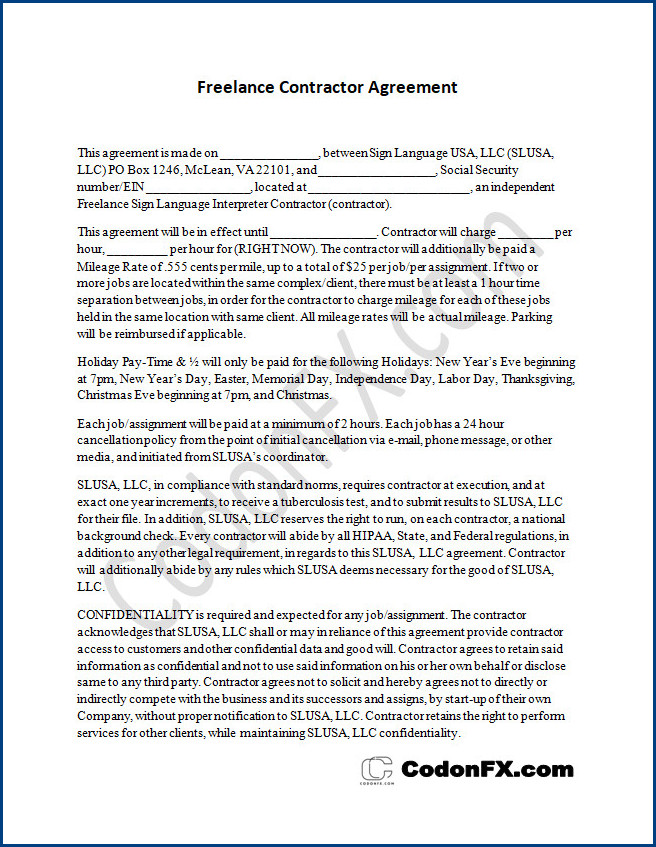What is a freelance contractor agreement?
A freelance contractor agreement is a legally binding document that outlines the terms and conditions between a freelancer and their client. It serves as a written contract that ensures both parties are on the same page and protects their rights and obligations. This agreement typically includes details such as the scope of work, payment terms, project deadlines, and intellectual property rights. It is important for freelancers to have a well-drafted agreement to avoid any misunderstandings or disputes with their clients.
The purpose of a freelance contractor agreement is to establish a clear understanding between the freelancer and the client. By defining the expectations and responsibilities of both parties, it helps to minimize the risk of potential conflicts. The agreement sets out the project specifications, deadlines, and payment terms, ensuring that both parties are aware of their obligations and rights. It also protects the freelancer’s intellectual property rights by clearly stating who owns the work upon completion.
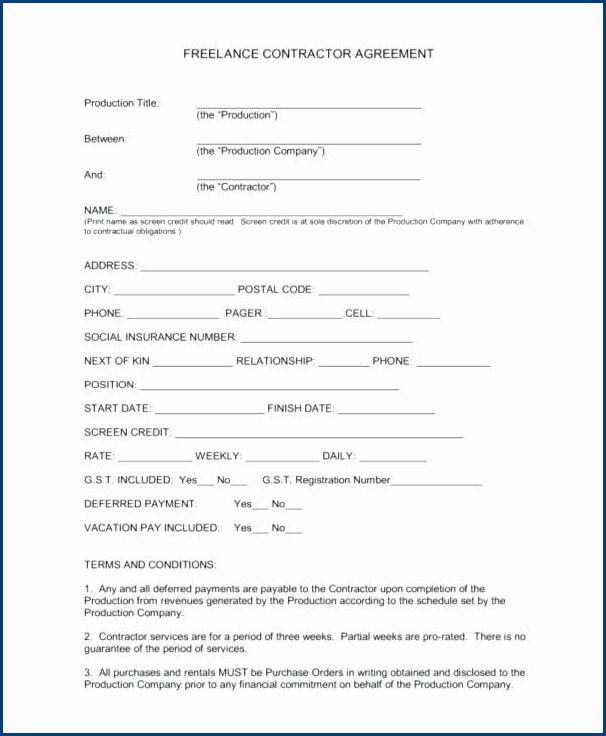
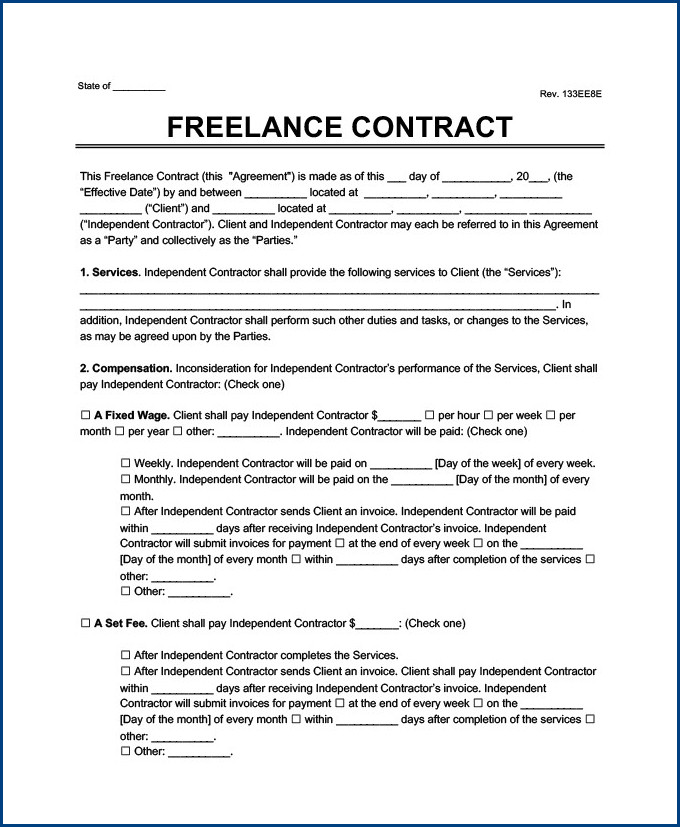
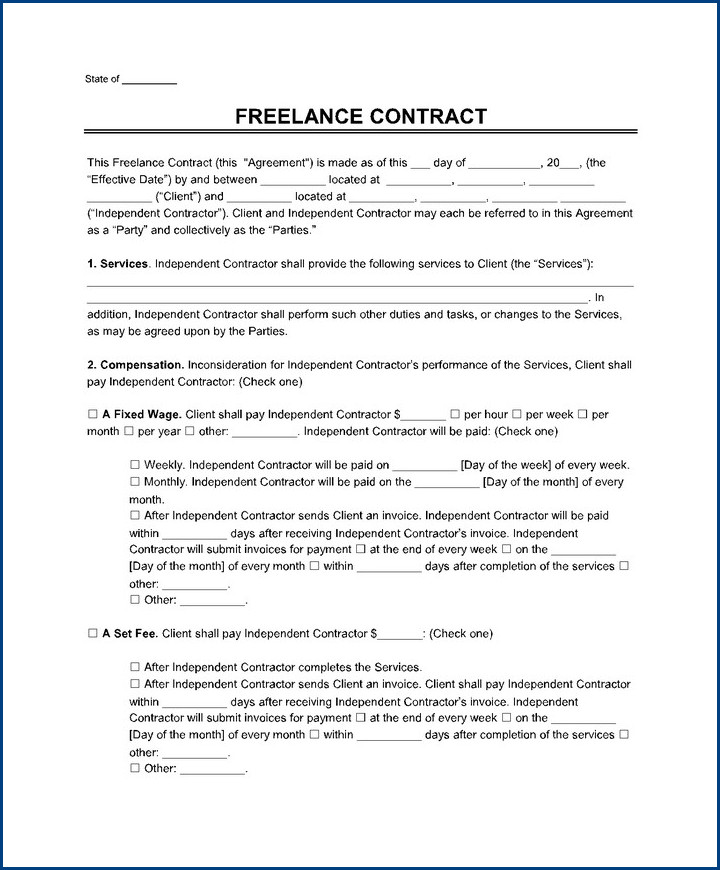
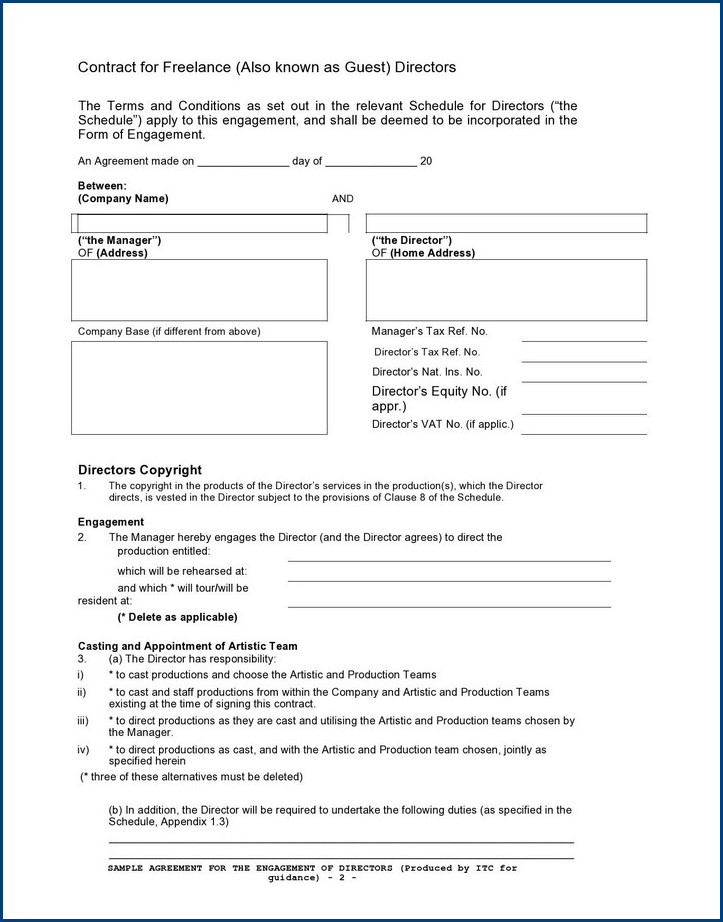
Why is a freelance contractor agreement important?
Here are some reasons why freelance contractor agreements are important and the benefits they offer:
- Protection: A freelance contractor agreement protects the interests of both the freelancer and the client. It ensures that both parties are legally bound to fulfill their obligations as stated in the agreement. This protects freelancers from non-payment or late payment issues, scope creep, and other potential conflicts.
- Clarity: The agreement clearly defines the scope of work, project deliverables, deadlines, and any other specific requirements. This helps in avoiding misunderstandings and ensures that both parties have a clear understanding of what is expected from each other.
- Payment Terms: Freelance contractor agreements include details about payment terms, such as the payment amount, schedule, and method of payment. This eliminates any ambiguity and ensures that freelancers are compensated fairly and on time for their work.
- Intellectual Property: These agreements address the ownership of intellectual property rights. It specifies whether the freelancer or the client will retain ownership of the work produced during the project. This helps to avoid any disputes in the future and ensures that the appropriate party retains the rights to the work.
- Confidentiality: Freelance contractor agreements often include confidentiality clauses to protect sensitive information shared during the project. This ensures that freelancers maintain the confidentiality of client data and trade secrets, providing peace of mind to the client.
- Dispute Resolution: In case of any disagreements or disputes, the agreement provides a framework for resolving issues. It may include clauses for mediation, arbitration, or other methods of dispute resolution, allowing both parties to resolve conflicts without resorting to expensive legal battles.
How do you create a contract for a freelancer?
Here are the steps to create a contract for a freelancer:
1. Define the scope of work: Begin by clearly defining the tasks and responsibilities of the freelancer. Specify the deliverables, deadlines, and any specific requirements for the project. This will ensure that both parties have a clear understanding of the work to be done.
2. Determine the payment terms: Clearly state the payment terms in the contract. Specify the rate or fee for the freelancer’s services, whether it is an hourly rate, fixed fee, or based on milestones. Also, include details on how and when the payment will be made, such as through PayPal or bank transfer.
3. Establish project timeline: Set a realistic timeline for the project and include it in the contract. This will help both parties manage their expectations and ensure that the project is completed within the agreed-upon timeframe.
4. Include confidentiality and ownership clauses: If the project involves sensitive information or intellectual property, it is important to include clauses that protect the confidentiality of such information and specify who will have ownership rights to the work produced.
5. Address dispute resolution: To avoid potential conflicts, include a clause that outlines the procedure for resolving disputes. This can include mediation or arbitration as a means of resolving any disagreements that may arise during the project.
6. Review and sign the contract: Once the contract is drafted, review it carefully to ensure that all the terms and conditions are accurate and fair. Both parties should then sign the contract to indicate their agreement and understanding of the terms.
Creating a contract for a freelancer is crucial to establishing a clear understanding of the project’s expectations, payment terms, and other important details. By following these steps, both the freelancer and the client can protect their interests and ensure a successful working relationship.
Freelance Contractor Agreement Template | Word – Download
Freelance Contractor Agreement Template | PDF – Download
